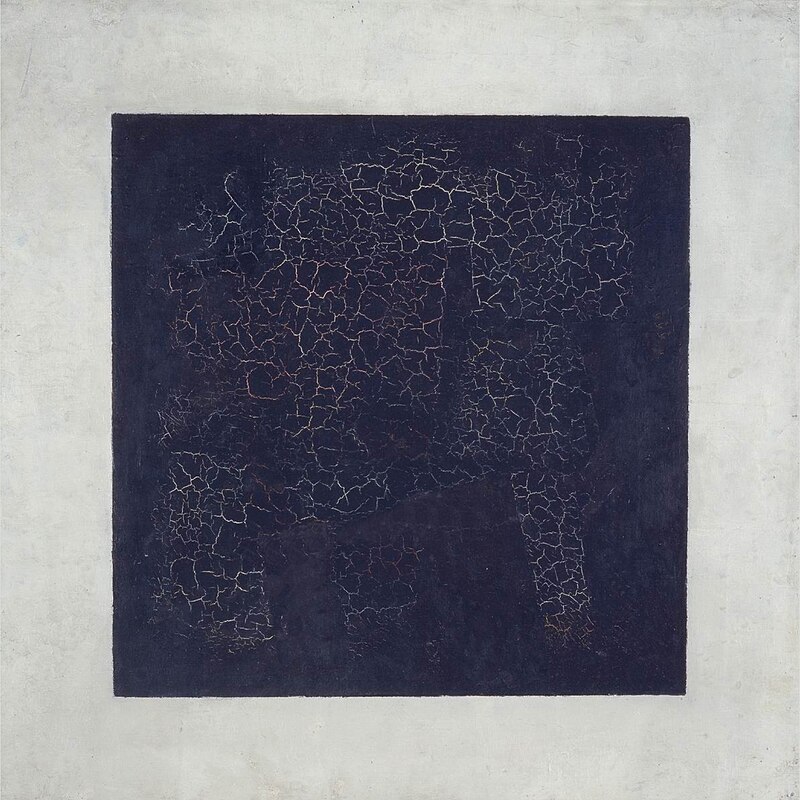Karisma and the Transcendence of Abstract Art in a Historical Dialogue
by Carlo Borloni
Karisma's oeuvre exists at the intersection of philosophical depth and artistic innovation. Their upcoming collection, Sullivan's Monsters, exemplifies a compelling synthesis of abstract representation and metaphysical inquiry. Drawing parallels to historical artistic movements and figures, this editorial seeks to contextualize Karisma's work within a continuum of creative endeavor, offering an expansive analysis of their artistic philosophy.

Anatomy of Light, Karisma
The Philosophy Behind Karisma's Abstract Art
Central to Karisma's practice is a critique of contemporary artistic norms that prioritize materiality and immediacy over transcendence and reflection. This philosophy finds resonance in the works of Wassily Kandinsky, a pioneer of abstract art, who believed that art must express spiritual values rather than merely depict the external world. Kandinsky's Composition VII (1913) serves as an apt comparison, where chaotic abstraction unfolds into a harmonious spiritual narrative.

Composition VII, Wassily Kandinsky
Transcending the Visible: A Return to Knowledge
Karisma's emphasis on the pursuit of universal, esoteric knowledge recalls the ancient Greek concept of gnosis, a spiritual enlightenment sought through contemplation. This pursuit parallels the works of Hildegard of Bingen, a medieval mystic who used vibrant illuminations to articulate ineffable spiritual truths. Like Hildegard, Karisma channels internal awareness into visual language, creating works that demand an active viewer, a participant in the dialogue between artist and observer.

Maria & Freder, Karisma
Rethinking Abstract Art: Beyond Action and Non-Action
Karisma's critique of randomness in abstract art places their work in dialogue with Abstract Expressionism. Action painters like Jackson Pollock emphasized spontaneity, while color field painters like Mark Rothko explored stillness and sublimity. Karisma transcends both, integrating intentionality and a unique "cosmic design." Their assertion that "randomness does not exist" suggests an alignment with Piet Mondrian's Composition with Red, Blue, and Yellow (1930), which exemplifies order within abstraction.

O'Brien, Karisma

Composition with Red, Blue and Yellow, Piet Mondrian
The Role of the Viewer: Active Perception and Holistic Understanding
Karisma challenges the viewer to adopt a state of "Non-Action," akin to Zen Buddhist contemplation, where appreciation arises from disengaging with preconceived notions. This idea finds historical precedent in the landscapes of the Chinese Song Dynasty, where vast, abstracted spaces invite meditative immersion. For instance, Guo Xi's Early Spring (1072) provides a framework for understanding the holistic unity Karisma seeks to evoke.

Early Spring, Guo Xi
A Critique of Materialism and Market Dynamics
Karisma's rejection of market-driven art echoes the ideals of the Arts and Crafts Movement, led by William Morris, which sought to restore meaning and intentionality to creative production. Karisma's refusal to produce art as mere commodity is a powerful statement against the pervasive consumerism of the art world.

Strawberry Thief, William Morris
The Language of Art: Universality and Symbols
Karisma's exploration of abstract symbols as universal language recalls Paul Klee's Pedagogical Sketchbook (1925), where form and color operate as elemental expressions of human experience. Both artists share a commitment to breaking down traditional linguistic structures to convey a purer form of communication.
Senecio, Paul Klee
The Legacy of Abstract Art: Karisma's Contribution
In reflecting on the legacy of abstract art, Karisma emphasizes intentionality and intellectual rigor as crucial elements often missing in contemporary practices. Their approach revitalizes the philosophical dimensions of abstraction, echoing the works of Kazimir Malevich's Black Square (1915), where the void becomes a space of infinite potential.

Black Square, Kazimir Malevich
The Call for Transcendence
Karisma's work is not merely a critique but an invitation, an opportunity for the art world to rediscover its capacity for transcendence. By situating their practice within a lineage that spans ancient mysticism, modern abstraction, and metaphysical inquiry, Karisma asserts the enduring relevance of art as a vessel for universal truths. His collection, Sullivan's Monsters, promises to be both a confrontation and a revelation, urging viewers to "see with the third eye" and embrace the unity beneath apparent chaos.

Boxeur, Karisma
Sign up for our newsletter to keep up with the latest news from NINFA
Sign up for our newsletter to keep up with the latest news from NINFA
Write us at: info@ninfa.io, or click here if you need support
Copyright © 2025 Ninfa Labs - 12094240962 - All rights reserved

